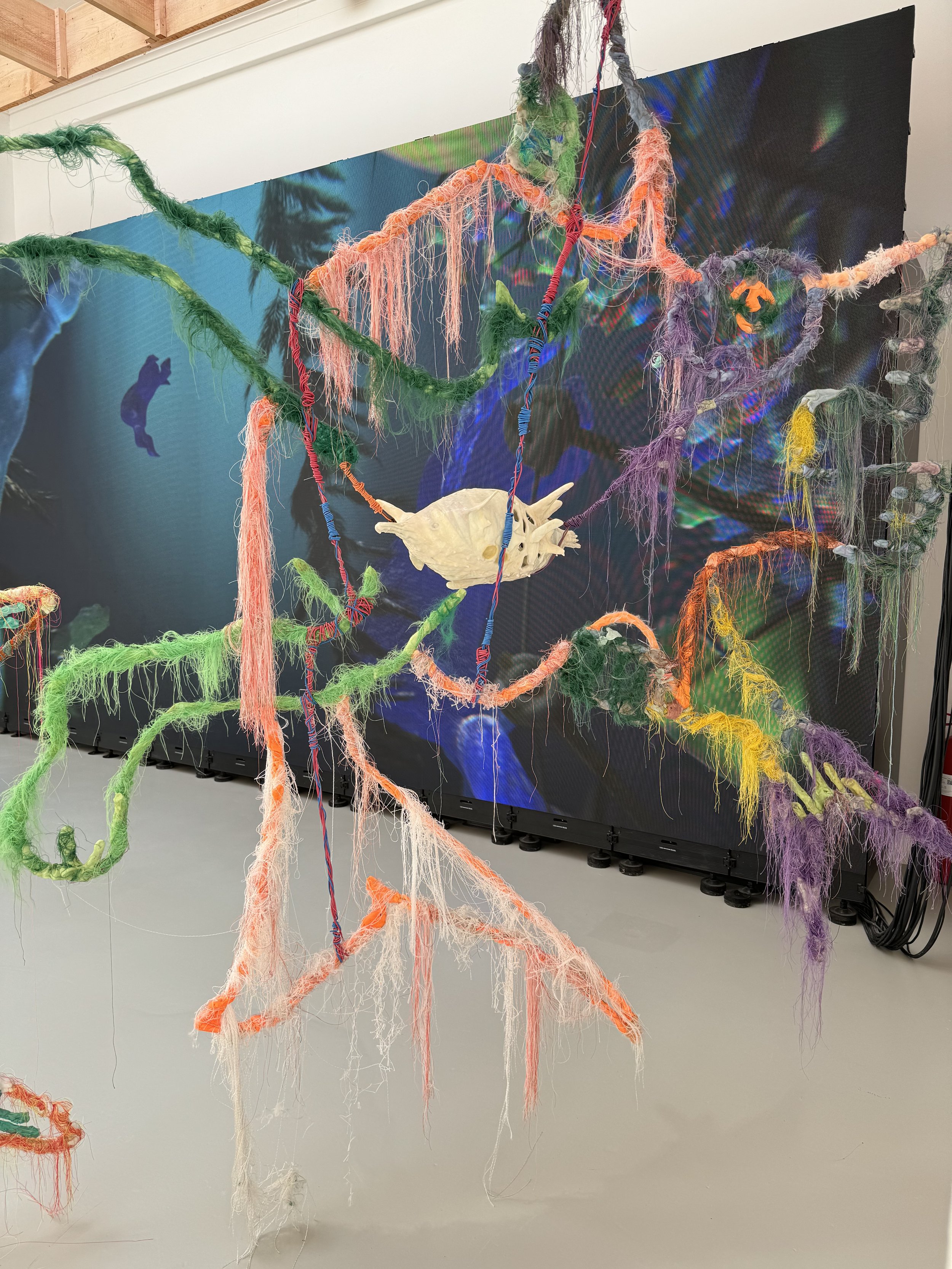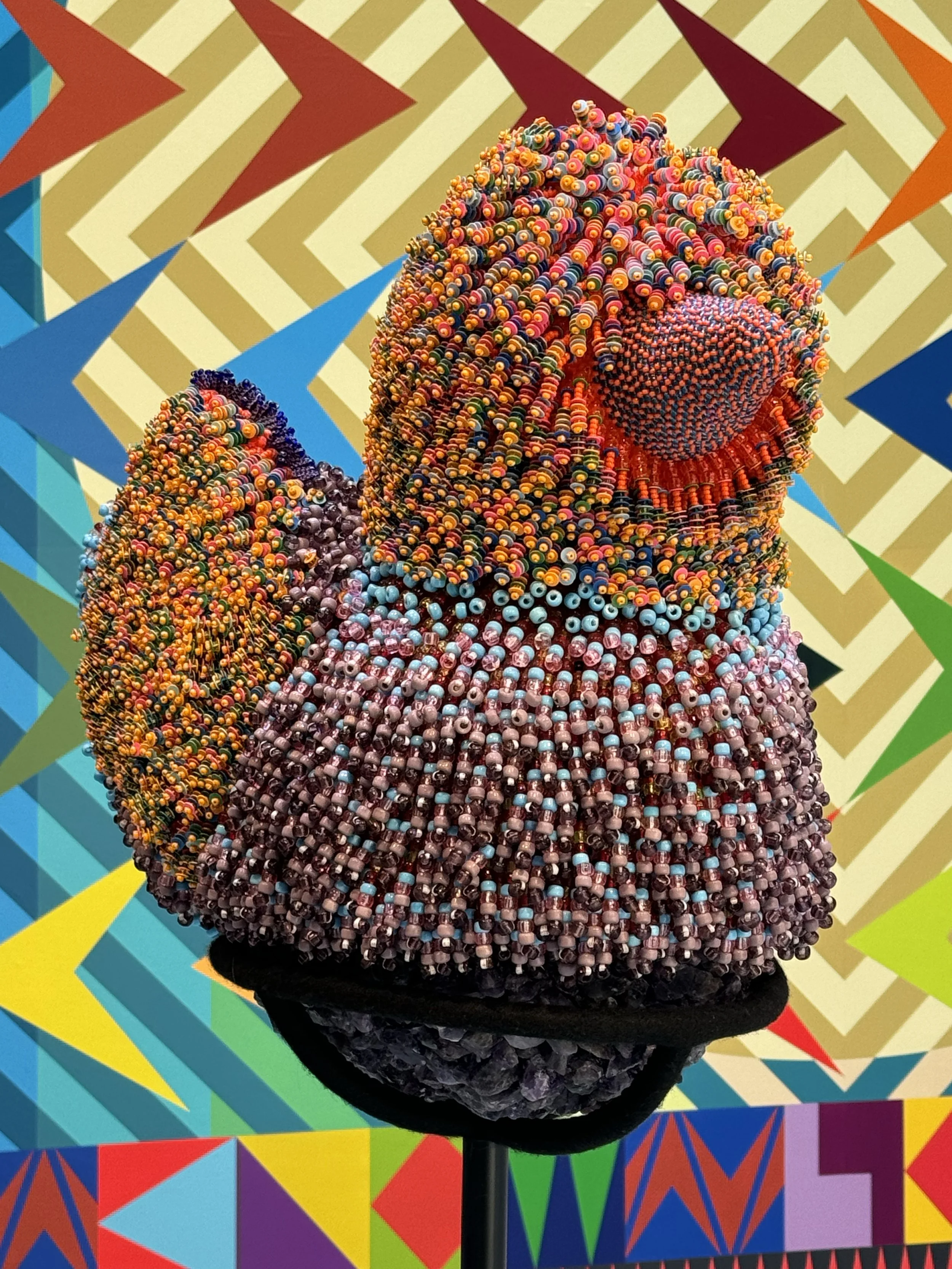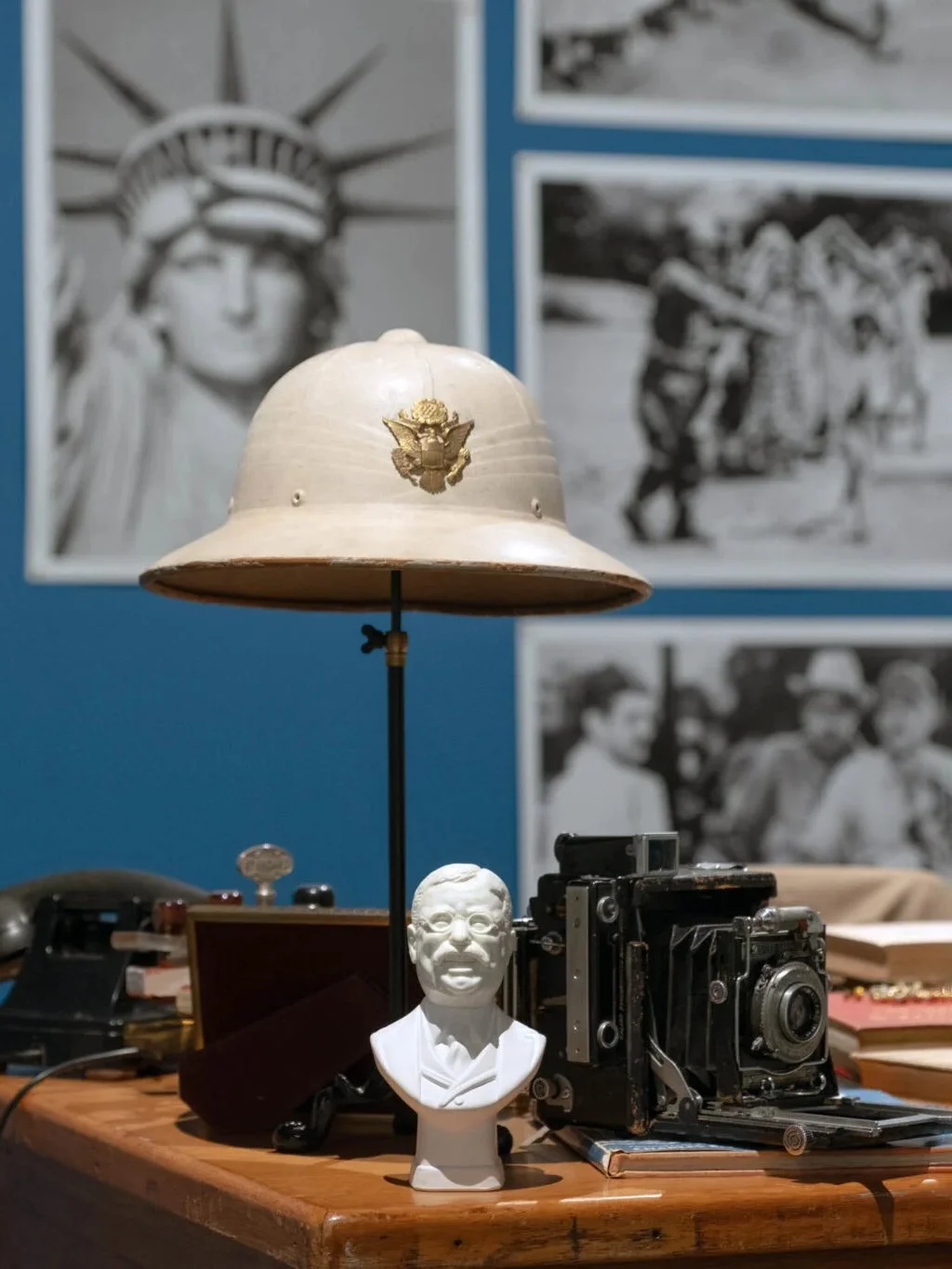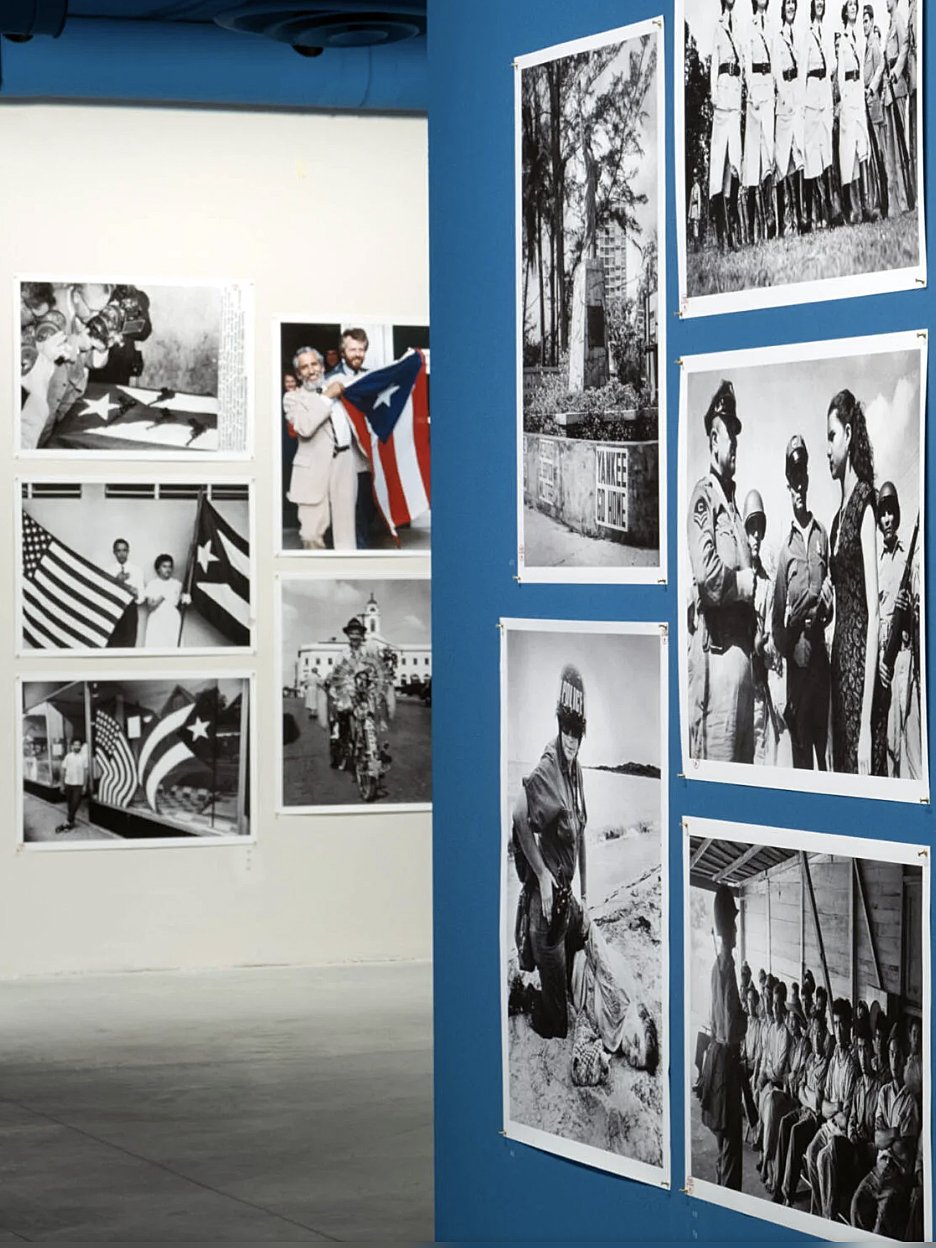What I Left With From the 60th Venice Biennale Arte
The Center Pavilion, by MAHKU Collectve (MOVIMENTO DOS ARTISTAS HUNI KUIN)
Since 2009, a group of my friends from art school have been making a point of making a pilgrimage every second year to Venice for the Biennale Arte. If you are unfamiliar with the Biennale Arte, it is the Olympics of visual arts. A massive garden on the southeast tip of Venice has permanent pavilions where countries send their selected artists to exhibit in this international exhibition. At this point, there are more countries than pavilions, so some countries’ exhibits spill into grand Venetian homes or Palazzos let out by their cultural aficionado owners. It is a real treat to see incredible art in authentic Venetian dwellings!
Trinket, by Kapwani Kiwanga at the Canadian Pavilion
Attila cataract your source at the foot of the green peaks will end in the great sea blue chasm we drowned in tears tides of the moon, by Julien Creuzet at the French Pavilion
The Space in which to Place me, by Jeffery Gibson at the United States Pavilion
There is also a curated collection with a theme for the selected curator to gather the pieces they feel represent that theme, and it is shown in an old Venetian shipyard. This year’s theme was “Foreigners Everywhere,” curated by Brazilian Adriano Pedrosa, the first South American Curator in the 60 times the art exhibition has run. To keep it interesting, Pedrosa selected artists who had never shown at the Biennale, which was a first, and artists from countries whose art doesn’t exhibit internationally, especially in high-brow art settings. A significant amount of work was volleyed between art and craft, which is deemed less important in the eyes of fine art, such as fabric, batik, needlepoint, and wood carvings, which was refreshing to see. Pedrosa also selected a fair number of family artists, such as a New Zealand Master Carver, Father, and Son who carried on the tradition; it was fascinating to see the progression of the artistry as the next generation made it their own. Overall, I was struck by the vibrant, honest, and unapologetic collection.
Nga Tamarki a Tangaroa, by Fred Graham (Father)
Wastelands, by Brett Graham (Son)
The piece that has stuck with me the most was an installation, Museum of the Old Colony, by Purto Rican artist Pablo Delano. The installation consists of trinkets, memorabilia, videos, and incredibly moving journalistic photographs. This piece hit me hard because I didn’t know. I have been to Puerto Rico, and like most other popular tourist destinations, San Juan did seem like a gentrified version of the Puerto Rican reality just off the beaten path, but I had no idea the struggles that continue for the people of this beautiful island. From Christopher Columbus claiming it for the Spanish to now, they are an American “territory,” which makes them citizens of the US but without a right to vote. A line in the posted write-up said something like Purto Ricans often feel like foreigners in their own country, and that hit me. People are nomadic; people move for food, for change, for a different pace of life, to feel more connected to a community, and most of all, for the dream of a better life, which is essentially wealth, but to be born into a place and feel like you aren’t welcome must be a complicated way to live.
Museum of the Old Colony, by Pablo Delano
Museum of the Old Colony, by Pablo Delano
The 60th Biennale didn’t send me to a place of wonder and fantasy as past exhibits had done; it made me look at the world, my country, my city and how I conduct myself within it. I am a first-generation Canadian, and though my father was from England, he still felt unwelcome and different when arriving; he often spoke about how hard he worked to get rid of his accent so he wouldn’t be picked on at school. So, as I keep considering “Forgeners Everywhere” and my story within it, I keep returning to the sentiment that no group of people are genuinely from one place, and the sooner we recognize that, the better off we will all be.




































